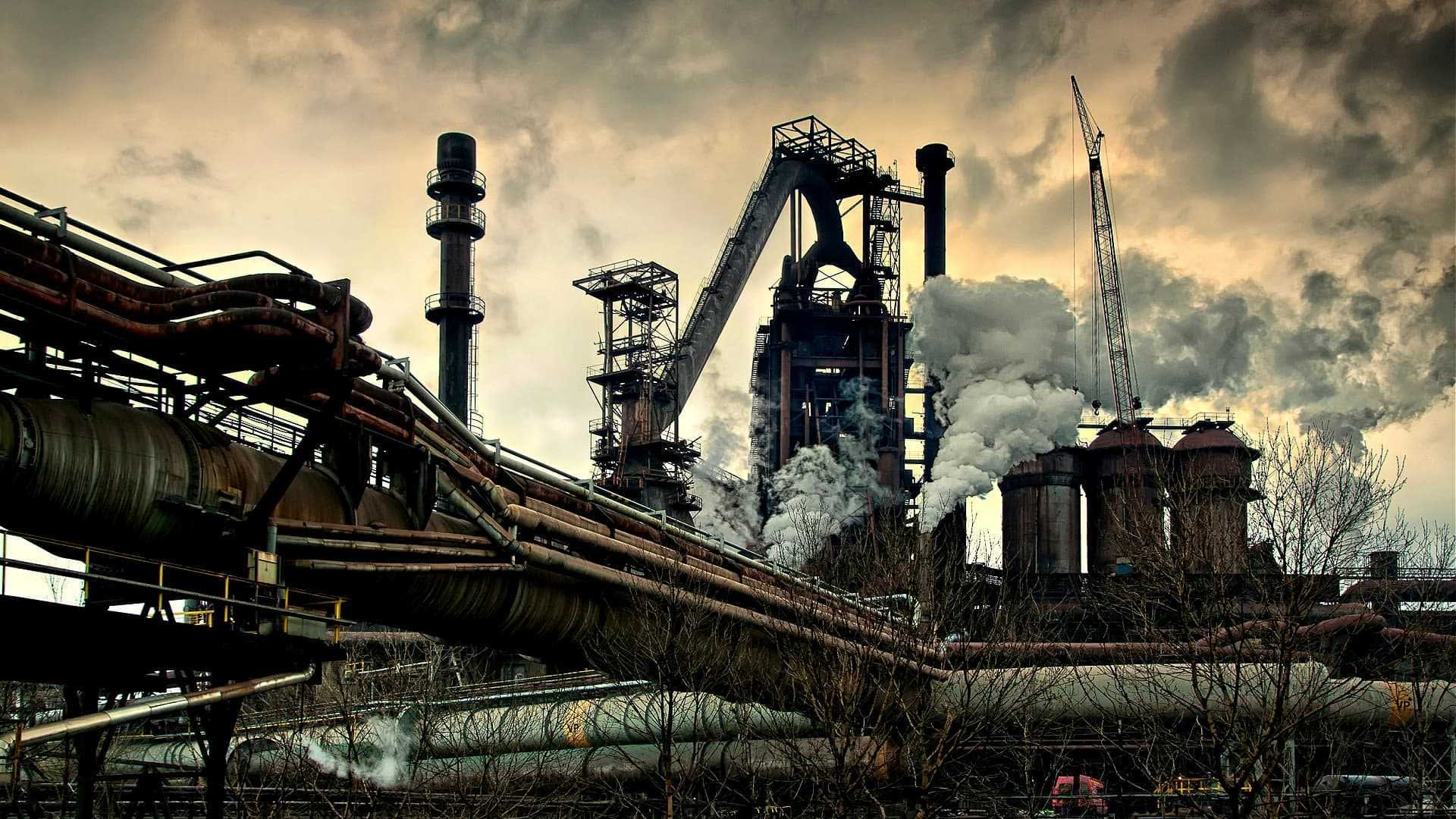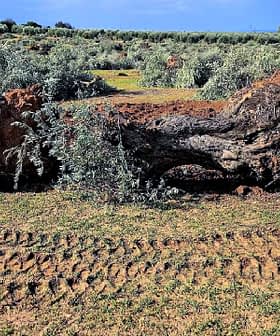Atmospheric Greenhouse Gas Emissions Hit Record Levels, Report Warns

The World Meteorological Organization (WMO) reported that the surge in global greenhouse gas emissions in 2021 poses a significant threat to international efforts to limit Earth’s temperature rise, with emissions reaching new records at the COP26 international climate summit. Carbon dioxide, methane, and nitrous oxide are the most relevant greenhouse gases emitted due to human-related activities, with carbon dioxide being the most dangerous due to its long-lasting durability in the atmosphere, contributing at least 66 percent of the global warming effect.
The surge in global greenhouse gas emissions in 2021 represents a further threat to international efforts to contain Earth’s temperature rise, the World Meteorological Organization (WMO) warned.
According to data presented by the WMO at the COP26 international climate summit, emissions have now reached new records, topping the alarming data reported in the previous year.
Given the long life of carbon dioxide, the temperature level already observed will persist for several decades even if emissions are rapidly reduced to net zero.
“At the current rate of increase in greenhouse gas concentrations, we will see a temperature increase by the end of this century far in excess of the Paris Agreement targets of 1.5 ºC to 2 ºC above pre-industrial levels,” said Petteri Taalas, the secretary-general of WMO. “We are way off track.”
See Also:Climate CoverageCarbon dioxide, methane and nitrous dioxide are among the most relevant greenhouse gas emitted as a result of human-related activities.
“The increase in carbon dioxide from 2019 to 2020 was slightly lower than that observed from 2018 to 2019 but higher than the average annual growth rate over the last decade,” the WMO wrote in a recent report.
“This is despite the approximately 5.6 percent drop in fossil fuel carbon dioxide emissions in 2020 due to restrictions related to the Covid-19 pandemic,” they added.
Emissions of both nitrous dioxide and methane in 2020 were higher than the previous year and both were above the average emissions recorded in the previous decade. In 2021, the emissions of both gases continue to grow.
The impact of the specific gases on global warming varies considerably depending on their concentration and durability in the atmosphere.
“Each of these gases can remain in the atmosphere for different amounts of time, ranging from a few years to thousands of years,” the U.S. Environmental Protection Agency wrote in a note.
“All of these gases remain in the atmosphere long enough to become well mixed, meaning that the amount that is measured in the atmosphere is roughly the same all over the world, regardless of the source of the emissions,” they added.
According to WMO, carbon dioxide is the most dangerous of all greenhouse gases due to its long-lasting durability in the atmosphere.
See Also:U.S., Europe Announce Plans to Dramatically Cut Methane EmissionsBoosted by fossil fuel combustion and cement production, the WMO said carbon dioxide is responsible for at least 66 percent of the global warming effect. The agency estimates that in 2020, this gas concentration in the atmosphere had risen to 149 percent above pre-industrial levels. Methane was up 262 percent and nitrous oxide 123 percent.
While methane and nitrous oxide are produced by several different human-related activities, livestock and fertilizer production are among the main sources of both greenhouse gases.
“Global human-induced nitrous oxide emissions, which are dominated by nitrogen additions to croplands, increased by 30 percent over the past four decades,” the WHO said. “Agriculture, owing to the use of nitrogen fertilizers and manure, contributes 70 percent of all anthropogenic nitrous oxide emissions. This increase was mainly responsible for the growth in the atmospheric burden of nitrous oxide.”
“As long as emissions continue, global temperature will continue to rise,” they added. “Given the long life of carbon dioxide, the temperature level already observed will persist for several decades even if emissions are rapidly reduced to net zero.”
“Alongside rising temperatures, this means more weather extremes including intense heat and rainfall, ice melt, sea-level rise and ocean acidification, accompanied by far-reaching socioeconomic impacts,” they added.
Taalas said that the “last time the Earth experienced a comparable concentration of carbon dioxide was three to five million years ago when the temperature was 2 ºC or 3 °C warmer and sea level was 10 or 20 meters higher than now.”
At the time, Taalas concluded, “there weren’t 7.8 billion people [on the planet].”









